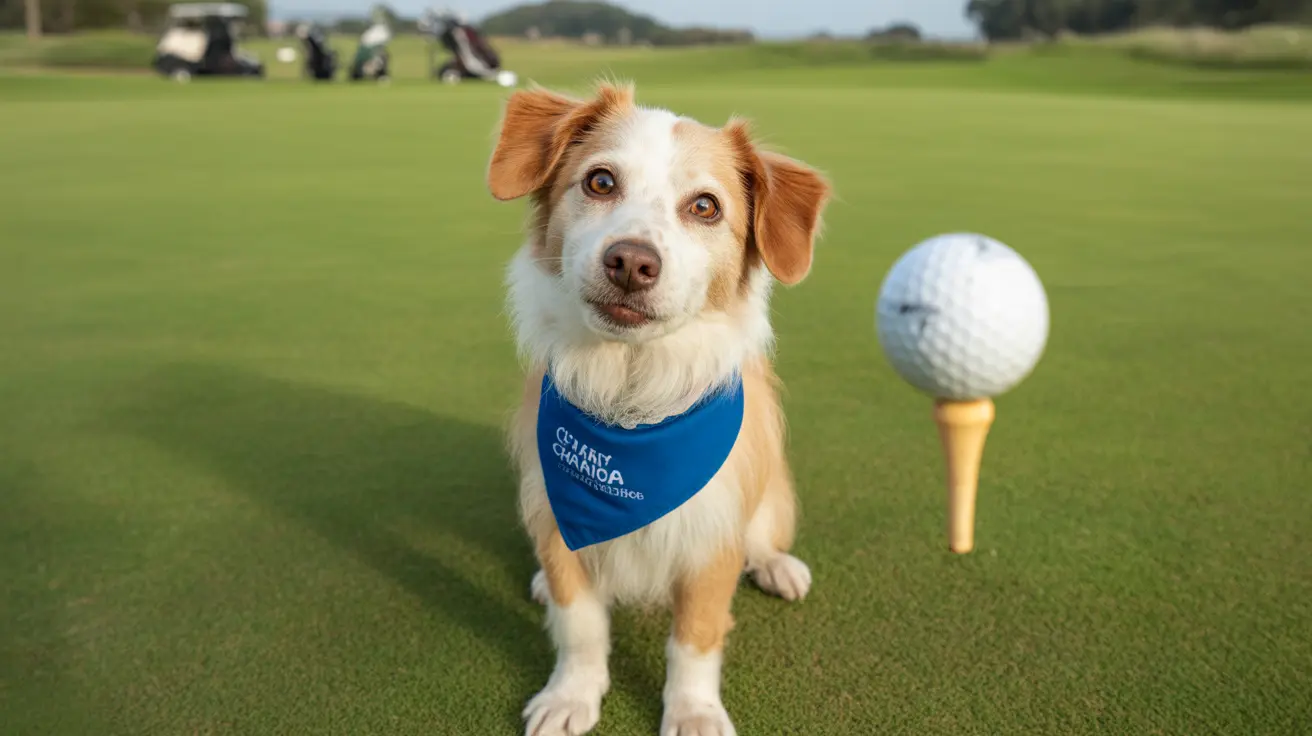Can Dogs Eat Basil? A Comprehensive Guide for Pet Owners
Basil is a fragrant herb cherished for its bright green leaves and refreshing flavor. If you're wondering whether your dog can safely enjoy this culinary staple, the answer is yes—basil is safe for dogs when given in moderation. Let's explore why basil can be a beneficial addition to your dog's diet, how to serve it safely, and what precautions to keep in mind.
Why Basil Is Safe (and Beneficial) for Dogs
Basil isn't toxic to dogs. In fact, both fresh and dried forms are generally safe when offered in small amounts. The herb brings more than just flavor—it delivers a dose of health-boosting nutrients:
- Anti-inflammatory properties: Basil contains compounds that help reduce inflammation, which may benefit dogs with arthritis or other inflammatory conditions.
- Antioxidants: High levels of antioxidants like beta-carotene and eugenol help prevent cellular damage and support immune function.
- Vitamins and minerals: Basil offers vitamins K, A, and C, plus minerals such as manganese, iron, and magnesium. These nutrients are important for blood clotting, vision, cell health, and overall wellbeing.
Basil also contains adaptogens—compounds that may help regulate blood sugar—making it potentially helpful for dogs with diabetes. Its antimicrobial properties can further support your pet's health by fighting off certain pathogens.
The Science Behind Basil's Health Benefits
Basil is rich in phytochemicals like flavonoids (apigenin, quercetin, luteolin, kaempferol) and diterpenes (carnosol). These compounds have been studied for their antioxidant and anticancer activity. They protect against oxidative damage at the cellular level and may slow disease progression in laboratory settings. Other notable compounds include ursolic acid, methyl cinnamate, and rosmarinic acid—all contributing to basil's reputation as a healthful herb.
How Much Basil Can Dogs Eat?
Most dogs enjoy the taste of basil sprinkled over their food or baked into homemade treats. However, moderation is key. Here are some basic guidelines:
- For medium-sized dogs: A few fresh leaves or a teaspoon of dried basil per day is suitable.
- For small dogs (under 15 pounds): Just a pinch will do.
If you give too much basil at once, your dog might experience digestive upset such as vomiting or diarrhea. Always start with a small amount to check how your dog tolerates it.
Introducing Basil Safely
- Add only pure fresh or dried basil—avoid products with added oils or spices.
- Avoid giving pesto or seasoned basil mixes; ingredients like garlic or high-salt cheese are unsafe for dogs.
- Finely chop or puree the herb before mixing it into food to aid digestion.
If your dog has never had basil before, watch closely for signs of allergy such as itching, swelling, or hair loss after eating it. If any symptoms appear, discontinue use immediately.
Basil Compared to Other Dog-Safe Herbs
If you're interested in herbs beyond basil, there are several others considered safe for canine consumption:
- Parsley: Supports urinary function and freshens breath; rich in vitamins A, C, K; provides calcium and iron.
- Oregano: High in antioxidants and flavonoids.
- Rosemary: Contains iron and vitamin B6; offers antioxidant benefits.
- Peppermint: Known to aid digestion.
- Cilantro: Supports digestion and detoxification processes.
Avoid chives and onions—they're toxic to dogs even in small amounts!
Tips for Adding Herbs Like Basil to Your Dog’s Diet
- Add herbs gradually; observe your pet’s reaction each time you introduce something new.
- If your dog has any health conditions or takes medication regularly, consult your veterinarian before making dietary changes involving herbs.
- Wash all fresh herbs thoroughly before serving them to remove pesticides or contaminants (organic options are preferable).
- Dried herbs often have higher concentrations of beneficial compounds but may taste different than fresh versions—adjust amounts accordingly.
Avoiding Risks When Feeding Basil
- Basil should make up no more than 10% of your dog's daily food intake—even healthy foods can cause problems if fed excessively!
- If you forage wild herbs yourself: beware! Some toxic plants look similar to edible ones—stick with store-bought varieties unless you're an expert botanist.
- If your dog doesn't tolerate basil well (shows signs of digestive upset), try another dog-safe herb instead.
The Bottom Line: Moderation Matters
Basil can be a flavorful—and beneficial—addition to your dog's meals when used wisely. Stick with pure forms of the herb; avoid mixes containing unsafe ingredients; introduce new foods slowly; monitor for adverse reactions; consult your vet if you have concerns about allergies or interactions with medications. With those precautions in place, you can feel confident letting your canine companion enjoy this classic kitchen herb!





